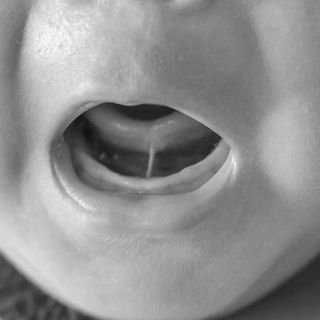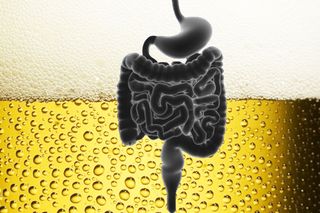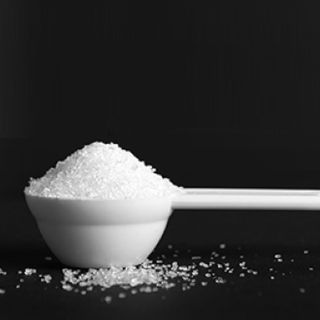
How a Body Can Get Drunk Without Consuming Any Alcohol
Auto-brewery syndrome occurs when the gut microbiome goes on a bender.

Buzzed. Tipsy. Drunk. Inebriated. Wasted. One can use many different words to describe the state of non-sobriety, but one reaches them all by a single route: by having one too many glasses of alcohol. At least — most people become drunk only through alcohol consumption. People with the rare disorder of auto-brewery syndrome, however, get drunk without drinking. They don’t need the sweet taste of a cocktail, the bitter pleasure of wine, or a refreshing quaff of beer; their bodies make alcohol for them.
Many common gut microbes can produce alcohol from food and drink, but a well-balanced gut produces so little alcohol that the liver easily filters it out of the blood supply. Auto-brewery syndrome occurs when microbes — typically yeast, a fungus — in the gut become imbalanced to the point that certain alcohol-producing strains dominate and ferment all eaten carbs into alcohol. This can occur at such a high rate that a person becomes drunk; in 2014, a 27-year-old patient in China self-produced so much alcohol from his consumed food that, at one point, his blood alcohol content was as if he had chugged 15 shots of whiskey, reports The Atlantic. The condition can lead to liver damage as a result of the alcohol produced. Treatment for auto-brewery syndrometypically involves antifungal medication that reduces yeast overgrowth and restores a normal balance of microbes in the digestive system.
The condition is extremely rare but can be found in medical records across the world, diagnosed in people of all ages (as old as 61 and as young as 3), as far back as the 1950s. It’s often overlooked in those who experience it, causing them severe problems, with health care professionals chalking up symptoms to closet alcoholism, and sufferers being arrested for driving under the influence.
People with auto-brewery syndrome often “can function at [blood] alcohol levels such as 0.30 and 0.40, when the average person would be comatose or dying,” Barbara Cordell, the dean of nursing at Panola College, who has studied the syndrome, told CNN in 2016. “Part of the mystery of this syndrome is how they can have these extremely high levels and still be walking around and talking.”
Related on The Swaddle:
You Can Actually Die of a Broken Heart
While science hasn’t cracked this mystery yet, research into the syndrome is shedding light on other, more common conditions. The 2014 case of auto-brewery syndrome involving the 27-year-old Chinese man was unique; the man’s imbalance was of a bacteria strain, not yeast. The finding prompted research into another condition that has the effects of alcoholism with none of the drunkenness: nonalcoholic fatty liver disease (NAFLD). NAFLD affects anywhere from 9% to 32% of Indians and occurs when excess fat deposits build up in the liver and impair its function, which can lead to similar damage as results from long-term alcohol abuse. The researchers, as reported by The Atlantic, found a link: 61% of the 43 Chinese NAFLD patients studied had the same strains of alcohol-producing bacteria as the auto-brewery patient; only 6% of people with a healthy liver carry those strains in their gut. The team later confirmed the link with experiments that introduced and then killed the same bacteria in mice.
No one thinks this bacteria is the only cause of NAFLD (and it’s clearly not the only cause of auto-brewery syndrome), but it does seem like an important piece of the puzzle. And given that research has connected NAFLD to other, even more, common health problems — from polycystic ovary syndrome (PCOS) to type 2 diabetes to obesity to hypertension — it’s one more piece of evidence that the gut microbiome plays a big role in these conditions. And cracking that is the ultimate mystery.
Liesl Goecker is The Swaddle's managing editor.
Related


What It’s Like to Live With: Obsessive Compulsive Disorder
